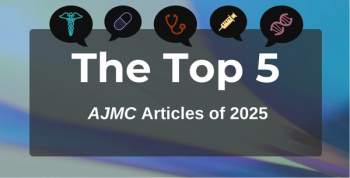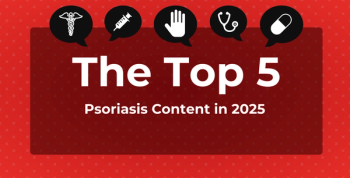
St. Jude Study Stresses Importance of Survivor- and Parent-Reported Behavioral Symptoms
While most adolescent survivors of childhood cancer have a good grip on their emotional well being, some frequently present with a combination of behavioral, emotional, and social symptoms, a new study published in the Journal of Clinical Oncology has concluded
While most adolescent survivors of childhood cancer have a good grip on their emotional well being, some frequently present with a combination of behavioral, emotional, and social symptoms, a new study published in the Journal of Clinical Oncology has concluded. These issues are associated with treatment exposures and late effects of the treatment they may have received as a part of their care plan.
“This research shows that psychological symptoms typically occur together in adolescent cancer survivors rather than in isolation. That raises hope that with more robust screening efforts and identification of appropriate treatments we can help to prevent behavioral, emotional and social symptoms in adolescence from becoming chronic problems that persist into adulthood,”
The study was based on the Behavior Problems Index, a document that was filled out by parents of 3893 5-year survivors of childhood cancer who were treated between 1970 and 1999, and who were between 12 and 17 years of age when the questionnaire was completed. The authors identified children with profiles of comorbid symptoms using latent profile analysis; regression modeling helped define associations between cancer treatment exposures and physical late effects. Stratification was based on the receipt of cranial radiation therapy (CRT) and the children were grouped as CRT or no CRT.
The authors identified 4 symptom profiles:
- No significant symptoms (63% of CRT; 70% of no CRT)
- Elevated anxiety and/or depression, social withdrawal, and attention problems (internalizing; 31% of CRT; 16% of no CRT)
- Elevated headstrong behavior and attention problems (externalizing; observed only in 9% of the no CRT group)
- Elevated internalizing and externalizing symptoms (global symptoms; 6% of CRT; 5% of no CRT)
In the CRT group, treatment with a dose greater than 30 Gy increased the risk of internalizing and global symptoms, the authors write. In the no CRT group, use of corticosteroids was associated with externalizing symptoms and intravenous methotrexate exposure (greater than 4.3 g/m2) raised the risk of global symptoms.
Brinkman emphasized that their study underscores the need to screen survivors for symptoms beyond just attention deficit to ensure diagnosis of other behavioral conditions such as anxiety, depression, or headstrong behavior. “These symptoms tend to persist into adulthood if they are not successfully treated in adolescence.,” she added.
Reference
Brinkman TM, Li C, Vannatta K, et al. Behavioral, social, and emotional symptom comorbidities and profiles in adolescent survivors of childhood cancer: a report from the childhood cancer survivor study [published online July 18, 2016]. J Clin Oncol. doi:10.1200/JCO.2016.66.4789.
Newsletter
Stay ahead of policy, cost, and value—subscribe to AJMC for expert insights at the intersection of clinical care and health economics.








































